Köyceğiz
The history of Köyceğiz dates back to 3400 BC. The first civilization to exist in this region was the Carians. Then, respectively, Scythians, Assyrians, Ionians, Dorians, Achaeans, Persians, Hellenes, Seleucids, Romans, Seljuk Dynasty, Menteşeoğulları and Ottomans dominated the region. The first information about the history of Köyceğiz is given by historian Herodotus, geographer Strabon and British archaeologist Hoskin. In 2000 BC, when the Greeks and Achaeans arrived on the Aegean coast by sea, new colonies were established on the coast, and development was achieved in the interior with the colonies of the Carians. Thus, the district reached a very good position in 1000 BC. The city of Kaunos, where Lake Köyceğiz meets the Mediterranean, became one of the important ports and trade centers of Caria. The Acropolis, famous temples and Harab and Susan castles are important historical monuments. During the Ottoman period, the district was moved to Yüksekkum, where it is today, when Hurşit Pasha was appointed Governor of Muğla (1884). It was attacked by the enemy in the War of Independence, and at the end of 1919, the Kuva-i Milliye Organization was established under the leadership of Tahirağa, Mehmet Zeki Osman Ağa and Tevfik Bey and was included in the defense of the country. The Kuva-i Milliye commander of this place was Dr. Hikmet Kıvılcımlı. As for where the name Köyceğiz comes from: According to legends, Köyceğiz was founded on a plain above the lake. At an unknown time, the plain was flooded. When those who watched the disaster saw the few houses and people left in the eastern part of the lake, they said: "The whole city has sunk, only Köyceğiz remains on the shore." they said. It is believed that there is still a sunken city under the lake today.




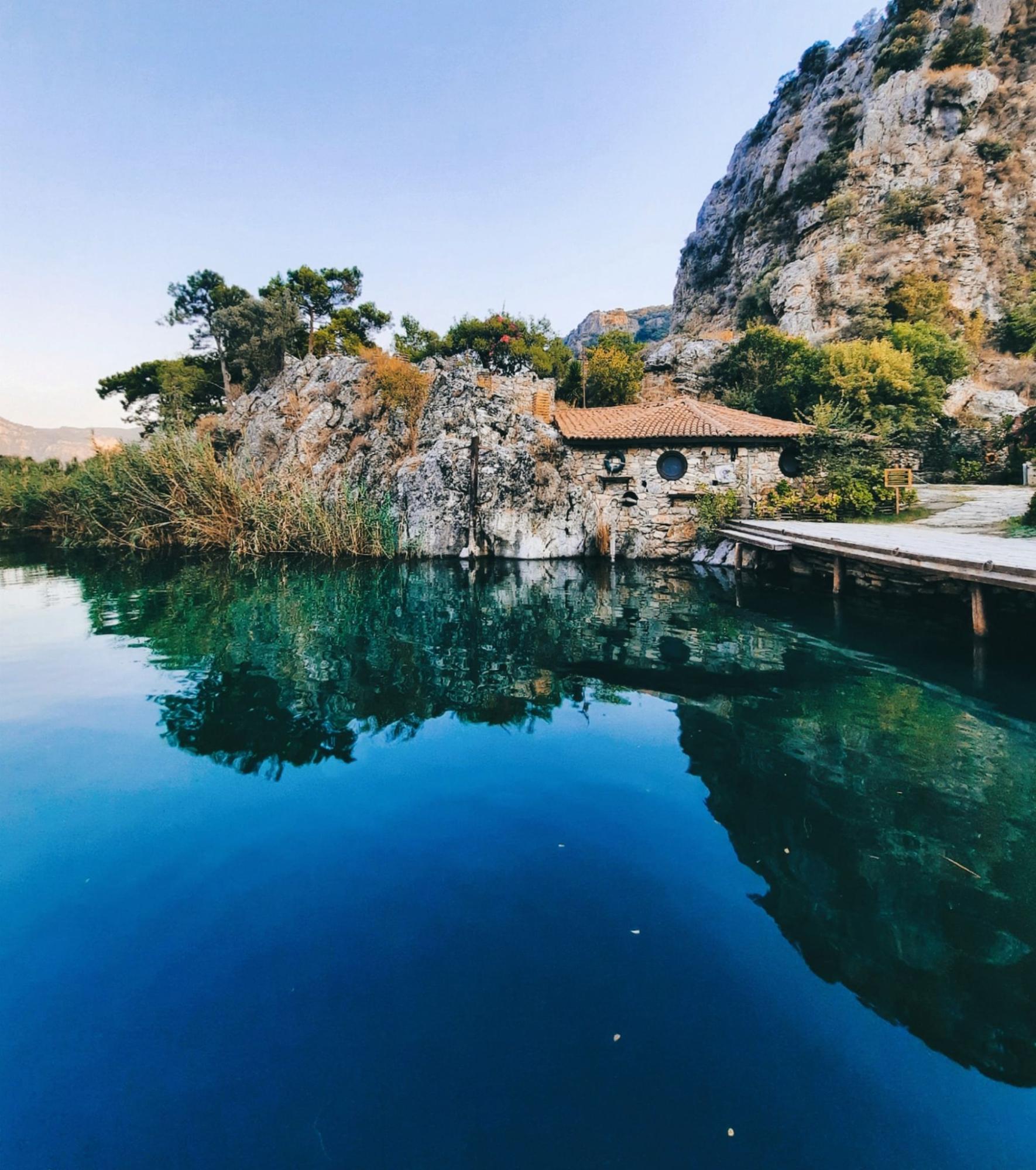
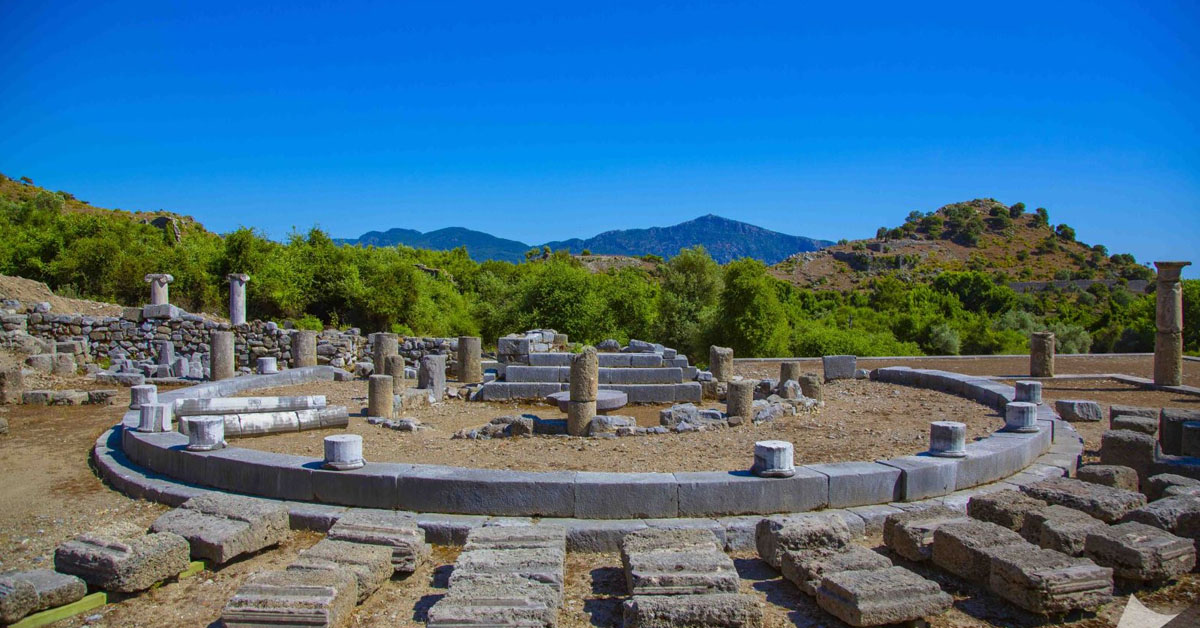
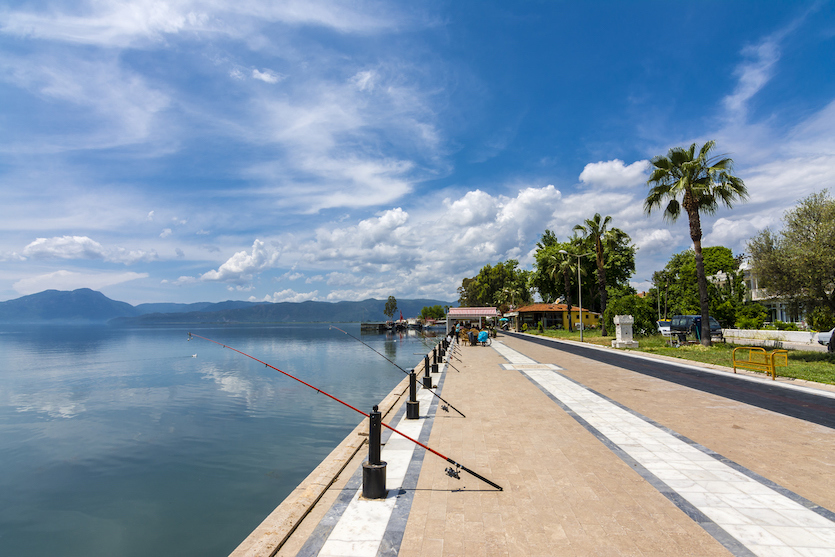
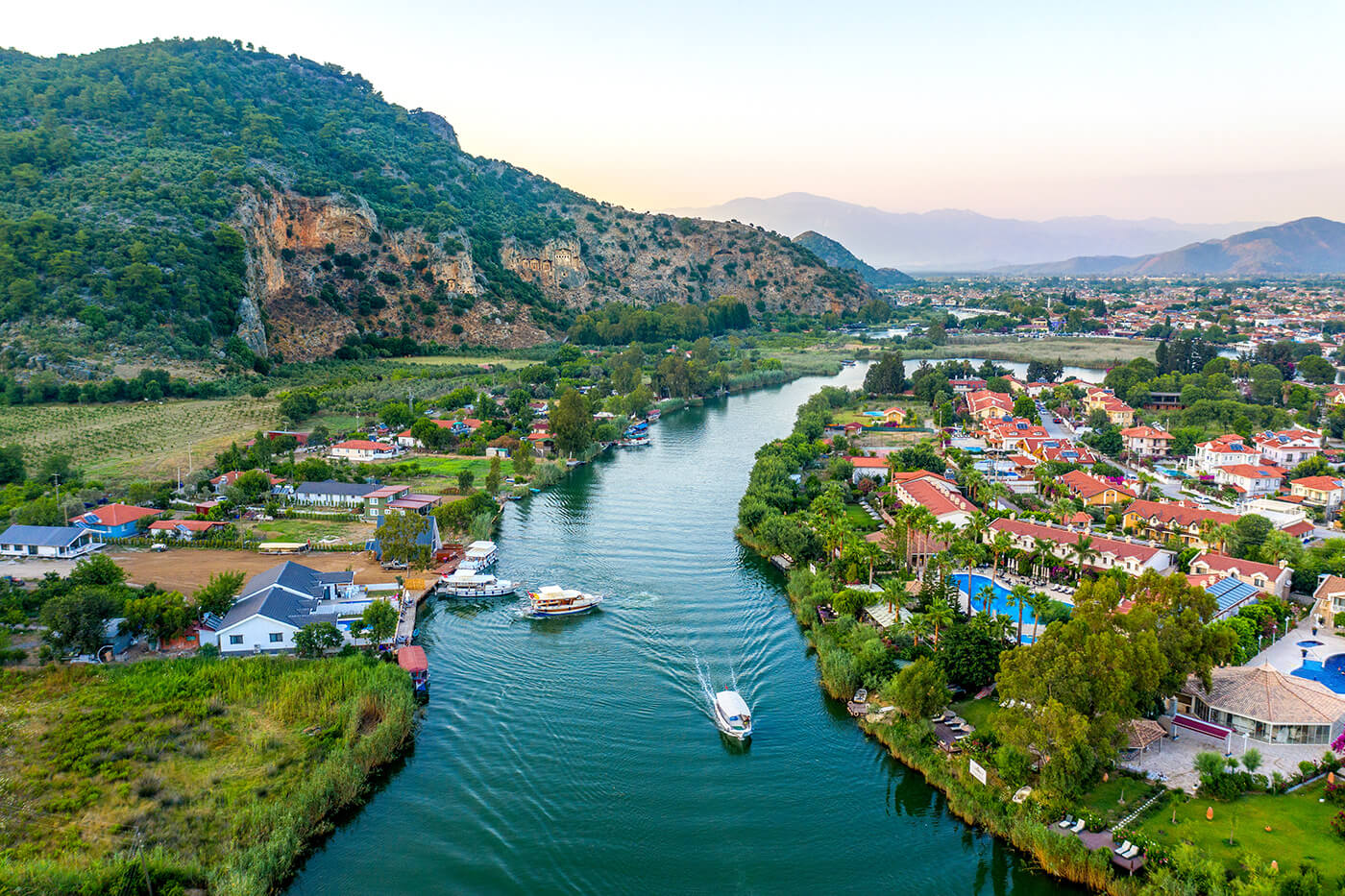
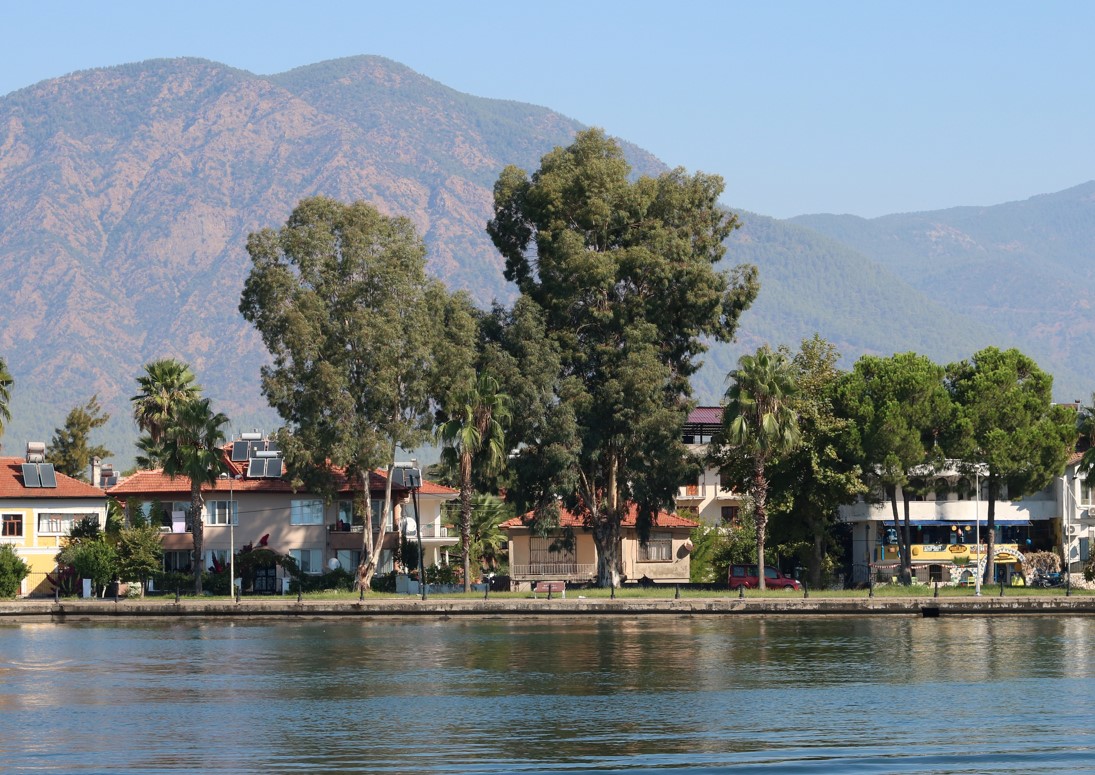
Leave Your Comments